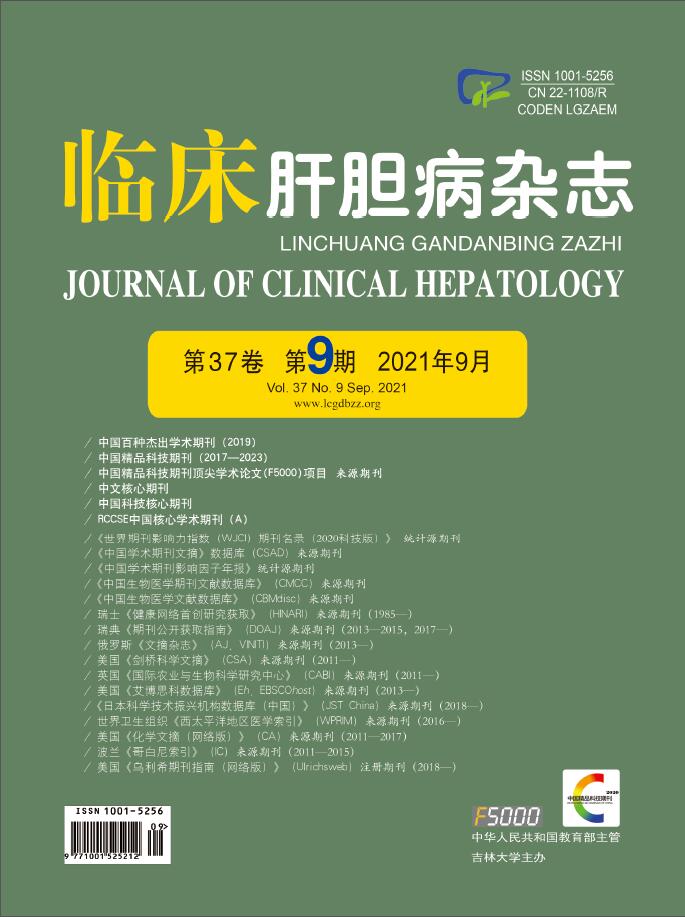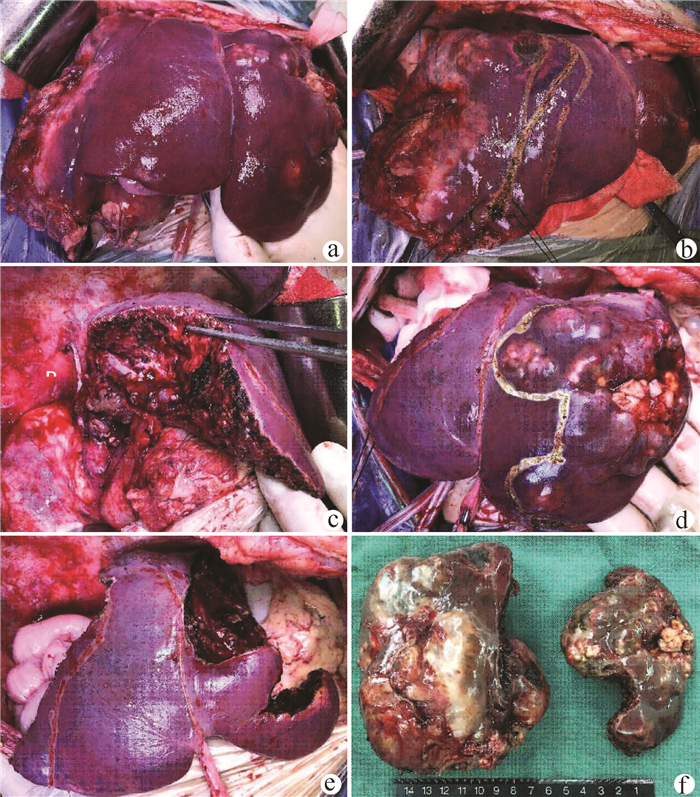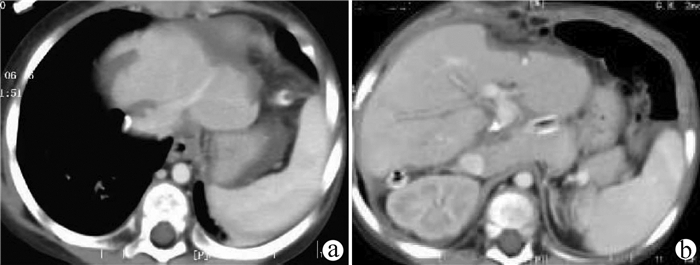| [1] |
YANG T, WHITLOCK RS, VASUDEVAN SA. Surgical management of hepatoblastoma and recent advances[J]. Cancers (Basel), 2019, 11(12): 1944. DOI: 10.3390/cancers11121944. |
| [2] |
HAFBERG E, BORINSTEIN SC, ALEXOPOULOS SP. Contemporary management of hepatoblastoma[J]. Curr Opin Organ Transplant, 2019, 24(2): 113-117. DOI: 10.1097/MOT.0000000000000618. |
| [3] |
WANG XS, YANG W, HUANG C, et al. Clinical features and outcome evaluation for children with hepatoblastoma[J]. J Capit Med Univ, 2019, 40(2): 169-173. DOI: 10.3969/j.issn.1006-7795.2019.02.003. |
| [4] |
LAKE CM, TIAO GM, BONDOC AJ. Surgical management of locally-advanced and metastatic hepatoblastoma[J]. Semin Pediatr Surg, 2019, 28(6): 150856. DOI: 10.1016/j.sempedsurg.2019.150856. |
| [5] |
Compilation and Examination Expert Group for Guidelines for the diagnosis and treatment of hepatoblastoma (2019). Guidelines for the diagnosis and treatment of hepatoblastoma (2019)[J]. J Clin Hepatol, 2019, 35(11): 2431-2434. DOI: 10.3969/j.issn.1001-5256.2019.11.008. |
| [6] |
EL-GENDI A, FADEL S, EL-SHAFEI M, et al. Avoiding liver transplantation in post-treatment extent of disease III and IV hepatoblastoma[J]. Pediatr Int, 2018, 60(9): 862-868. DOI: 10.1111/ped.13634. |
| [7] |
ZHU W, HE SS, ZENG SL, et al. Three-dimensional visual assessment and virtual reality study of centrally located hepatocellular carcinoma on the axis of blood vessels[J]. Chin J Surg, 2019, 57(5): 358-365. DOI: 10.3760/cma.j.issn.0529-5815.2019.05.008. |
| [8] |
Chinese Society of Digital Medicine, Liver Cancer Committee of Chinese Medical Doctor Association, Clinical Precision Medicine Committee of Chinese Medical Doctor Association, et al. Specification for technical operation and clinical application of three-dimensional visualization technology for primary liver cancer (2020 edition)[J]. Chin J Dig Surg, 2020, 19(9): 897-918. DOI: 10.3760/cma.j.cn115610-20200720-00499. |
| [9] |
FANG C, AN J, BRUNO A, et al. Consensus recommendations of three-dimensional visualization for diagnosis and management of liver diseases[J]. Hepatol Int, 2020, 14(4): 437-453. DOI: 10.1007/s12072-020-10052-y. |
| [10] |
ZHANG G, ZHOU XJ, ZHU CZ, et al. Usefulness of three-dimensional(3D) simulation software in hepatectomy for pediatric hepatoblastoma[J]. Surg Oncol, 2016, 25(3): 236-243. DOI: 10.1016/j.suronc.2016.05.023. |
| [11] |
SU L, DONG Q, ZHANG H, et al. Clinical application of a three-dimensional imaging technique in infants and young children with complex liver tumors[J]. Pediatr Surg Int, 2016, 32(4): 387-395. DOI: 10.1007/s00383-016-3864-7. |
| [12] |
SU L, DONG Q, ZHANG H, et al. 3D Application of 3D visualization technology in precise hepatectomy for complex liver tumors in infants[J/CD]. Chin J Hepat Surg(Electronic Edition), 2015, 4(5): 274-278. DOI: 10.3877/cma.j.issn.2095-3232.2015.05.005. |
| [13] |
ZHAO J, ZHOU XJ, ZHU CZ, et al. 3D simulation assisted resection of giant hepatic mesenchymal hamartoma in children[J]. Comput Assist Surg (Abingdon), 2017, 22(1): 54-59. DOI: 10.1080/24699322.2017.1358401. |
| [14] |
FUCHS J, CAVDAR S, BLUMENSTOCK G, et al. POST-TEXT III and IV hepatoblastoma: Extended hepatic resection avoids liver transplantation in selected cases[J]. Ann Surg, 2017, 266(2): 318-323. DOI: 10.1097/SLA.0000000000001936. |
| [15] |
ARONSON DC, WEEDA VB, MAIBACH R, et al. Microscopically positive resection margin after hepatoblastoma resection: What is the impact on prognosis? A Childhood Liver Tumours Strategy Group (SIOPEL) report[J]. Eur J Cancer, 2019, 106: 126-132. DOI: 10.1016/j.ejca.2018.10.013. |
| [16] |
SONG D, SUN D, JIANG DS. Comparative study of three-dimensional visualization technology and two-dimensional imaging technology in liver resection of liver cancer patients[J]. J Clin Exp Med, 2020, 19(6): 656-660. DOI: 10.3969/j.issn.1671-4695.2020.06.026. |








 DownLoad:
DownLoad:

